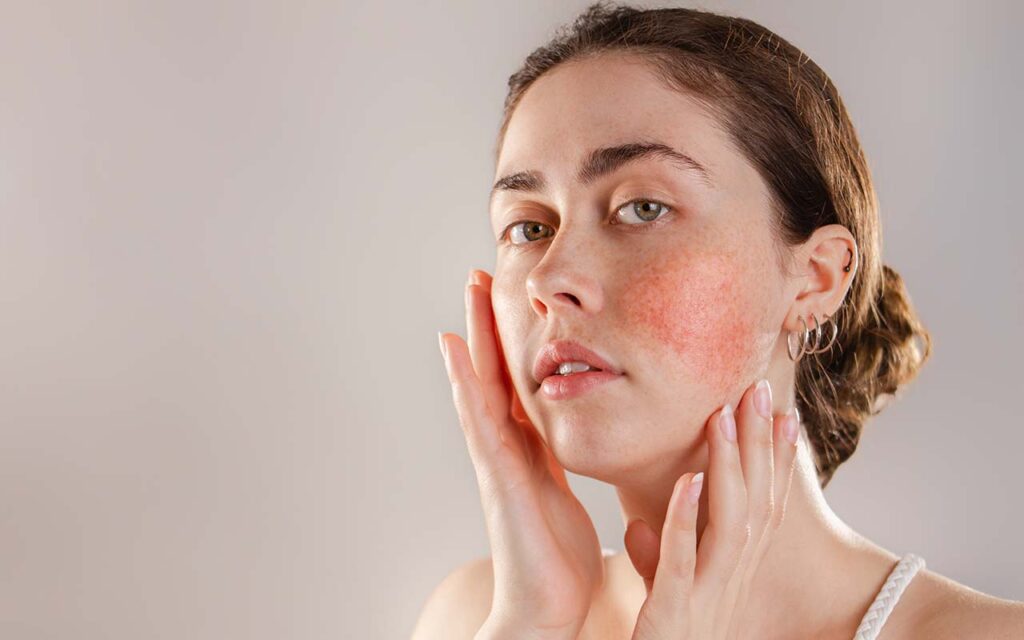Hyaluronic acid – also referred to asHA serum, is a popular skin care product for moisturising skin. It’s also found naturally in our body via our connective tissue. In the sense that it’s what gives our skin structure and produces that lovely plump and hydrated look good, healthy skin has.
So important is hyaluronic acid for our skin that it can be found in both the epidermis and the deeper dermis. The result is it doesn’t just make our skins look smoother but also helps with skin repair and essential protection against free radical and UV damage. Unfortunately, it decreases as we age, which is why we’re prone to skin sagging and wrinkles.
It is scientifically proven that just one molecule of hyaluronic acid can hold up to 1000 times its weight in water (hence its value as a skin moisturiser).
But when it comes to hyaluronic acid, it seems size really does matter. An HA molecule is measured in unified atomic mass units — daltons, or kDa for short.
@Healthline: “HA between 50 to 1,000 kDa is the most beneficial for skin, with about 130 kDa being the best, according to the most recent human studies. Anything higher won’t make too much of a difference. Anything lower might cause inflammation.”
Some skin therapists / aesthetician argue a combination of different-sized molecules gets the best results. Jeremy Muijs, co-founder of Grown Alchemist, advocates using both low/medium-weight hyaluronan molecules and high-weight versions. That’s because he says the former penetrates deeper into the skin’s structure, providing good below-the-surface hydration over time, while the latter gives an instant smoothing result on the skin’s surface.
Where does hyaluronic acid come from?
The hyaluronic acid we find in serums is from two main sources. The first is grown from bacteria – a process known as bio-fermentation. And the second source is, bizarrely, from rooster combs (these have around 15 times more hyaluronic acid than human skin).
Where else is hyaluronic acid found?
You’ve probably already been applying hyaluronic acid to your skin for years. That’s because it’s found in make-up and primers. It’s also in a number of injectable fillers – where it plumps up deep wrinkles – as well as fillers for buttock and breast enhancement purposes. You can also find hyaluronic acid as a supplement in health stores, although more studies need to be done on its effectiveness in this sphere.

What percentage of hyaluronic acid is best?
Some scientists believe it’s best to use a product with a low amount of hyaluronic acid – around two per cent (or 5 kDa). That’s because more than this could result in an allergic reaction for those who already have sensitive skin, resulting in a breakout of psoriasis, for example.
Get in touch
Our Clinical Director at Vale Laser Clinic, Emma Griffiths, specialises in advising and applying scientifically proven skin care techniques at her leading beauty clinic in the Vale of Glamorgan. To book a free skin consultation with Emma and her team, call 01446 750 880 or email emma@valelaserclinic.co.uk.




